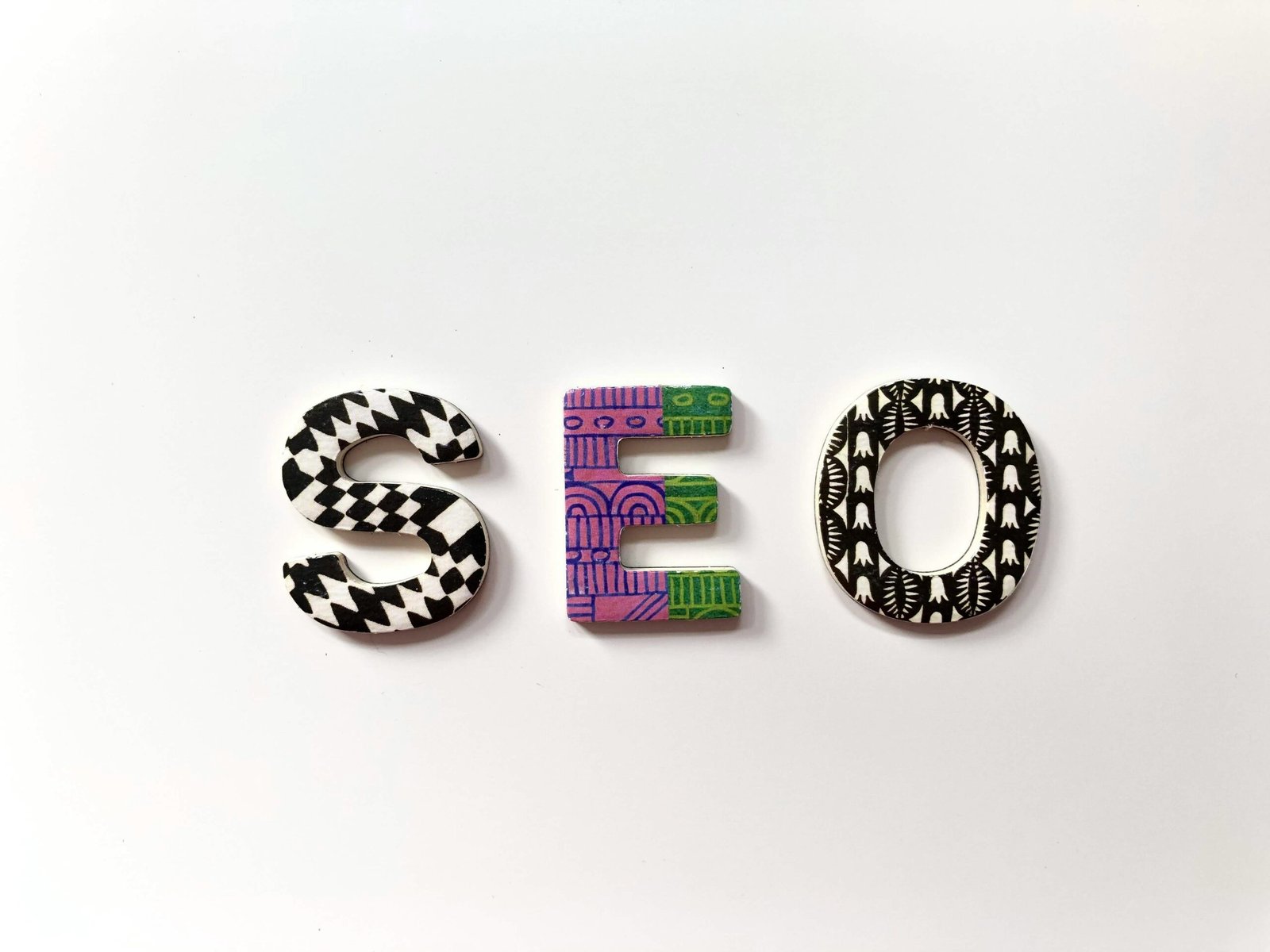
Understanding the Significance of Trophies
Trophies are more than just symbols of achievement; they embody the hard work, dedication, and triumphs of individuals and teams. When designed effectively, they serve as lasting reminders of significant milestones and accomplishments. A well-designed trophy can evoke emotions of pride and joy, reinforcing the recipient’s sense of accomplishment and encouraging continued success.
The Emotional Impact of Trophies
Trophies tap into human emotions by celebrating success and providing a tangible representation of effort and achievement. They foster a sense of belonging and affirm individuals’ identities within their communities or organizations. This emotional connection enhances the value of the award, making it a cherished keepsake long after the event has concluded.
Designing for Emotional Engagement
To create a trophy that resonates emotionally, consider incorporating elements that reflect the values and identity of the awardees or the event itself. Personalization, such as engraved names or meaningful symbols, can enhance this connection. The use of colors, shapes, and materials can also play a crucial role in capturing the spirit of the occasion.
Crafting Unique and Memorable Designs
Creating a trophy that stands out involves a blend of creativity and insight into the audience’s expectations and preferences. A trophy should be a piece of art that not only signifies an achievement but also tells a story.
Choosing the Right Materials
The choice of materials in trophy design can significantly affect its perceived value and uniqueness. Traditional materials, such as metal and wood, convey permanence and prestige, while modern materials like acrylic or glass can create a sense of innovation and forward-thinking. The use of sustainable materials can also reflect organizational values and commitments to environmental responsibility.
The Role of Form and Aesthetics
A trophy’s shape and aesthetics should be thoughtfully considered to ensure it captures attention and admiration. Unique forms that deviate from conventional shapes can make an award more memorable. Designers should strive to create a balance between elegance and boldness, ensuring the trophy reflects the prestige of the award.
Incorporating Symbolism and Storytelling
Symbolism and storytelling are powerful tools in trophy design, imbuing awards with deeper meaning beyond their physical appearance.
Reflecting Organizational Values
Incorporating symbols that align with the organization or event’s ethos can make a trophy more meaningful. This alignment can promote a sense of mission and vision among recipients, reinforcing their connection to the organization’s culture and values.
Telling a Story Through Design
Every trophy has the potential to tell a story about the achievement it represents. Designers can use elements like color schemes, inscriptions, and shapes that signify specific themes or narratives related to the award’s purpose. This storytelling aspect enhances the trophy’s significance, making it a cherished reminder of a personal or collective journey.
Customization and Personal Touches
Personalization is key to making a trophy feel special and valued. By adding personal touches, designers can elevate the significance of the award, ensuring it resonates on a personal level with the recipient.
Engraving and Personal Inscriptions
Engraving the recipient’s name, achievement, or a special message onto the trophy adds a personal touch that transforms a generic award into a cherished memento. This customization not only highlights individual effort but also creates a sense of ownership and pride in the achievement.
Colors and Finishes That Stand Out
Selecting unique colors and finishes can enhance a trophy’s visual appeal and make it stand out. Whether it’s a vibrant hue that symbolizes energy and passion or a sleek finish that conveys sophistication, colors can be used strategically to evoke the desired response. Finishes such as matte, gloss, or metallic can add varied dimensions to the design, further enhancing its uniqueness.
Incorporating Cultural and Regional Elements
Incorporating cultural and regional elements into trophy designs can greatly enhance their emotional and historical significance. By integrating symbols or motifs that hold cultural relevance or reflect regional heritage, the award can speak to the recipient’s background and achievements within a specific context. This approach not only honors the individual’s success but also celebrates their connection to a broader community. Customizing trophies in this manner allows organizers to acknowledge diversity and inclusivity, ensuring that each award carries a deeper, more personal meaning.
Material Choices and Sustainability
The materials chosen for a trophy can also play a crucial role in its overall perception and significance. Opting for eco-friendly materials reflects a commitment to sustainability and environmental responsibility, which can resonate positively with recipients and attendees alike. Materials such as recycled metals, sustainably sourced wood, or biodegradable composites provide a tangible reflection of modern values. Carefully selecting materials not only enhances the trophy’s aesthetic appeal but also aligns with responsible, forward-thinking design principles.
Celebrating Diversity and Inclusivity
Modern trophy design also embraces diversity and inclusivity, ensuring that awards are representative of all recipients, regardless of background or identity.
Designing for All
Designers should strive to create trophies that are inclusive and reflect the diverse nature of participants and achievements. This can involve considering cultural symbols or motifs in the design, as well as ensuring that the language and imagery used in inscriptions are inclusive and respectful.
Recognizing a Range of Achievements
Not all accomplishments are alike, and trophies should reflect the spectrum of achievements. By designing awards that cater to various types of accomplishments—from innovation and creativity to teamwork and leadership—trophies can truly celebrate the wide-ranging capabilities and talents of diverse recipients.
Materials and Sustainability
As attention to environmental impact grows, the materials used in trophy design are becoming increasingly important. Designers are exploring eco-friendly options, such as recycled metals and sustainable wood, to minimize the ecological footprint of trophy production. By choosing materials that are both durable and sustainable, designers can create awards that not only honor exceptional achievements but also reflect a commitment to environmental stewardship.
This shift towards sustainability in trophy design demonstrates an understanding that recognition should not come at the expense of the planet, encouraging a broader sense of responsibility and awareness among all stakeholders.






